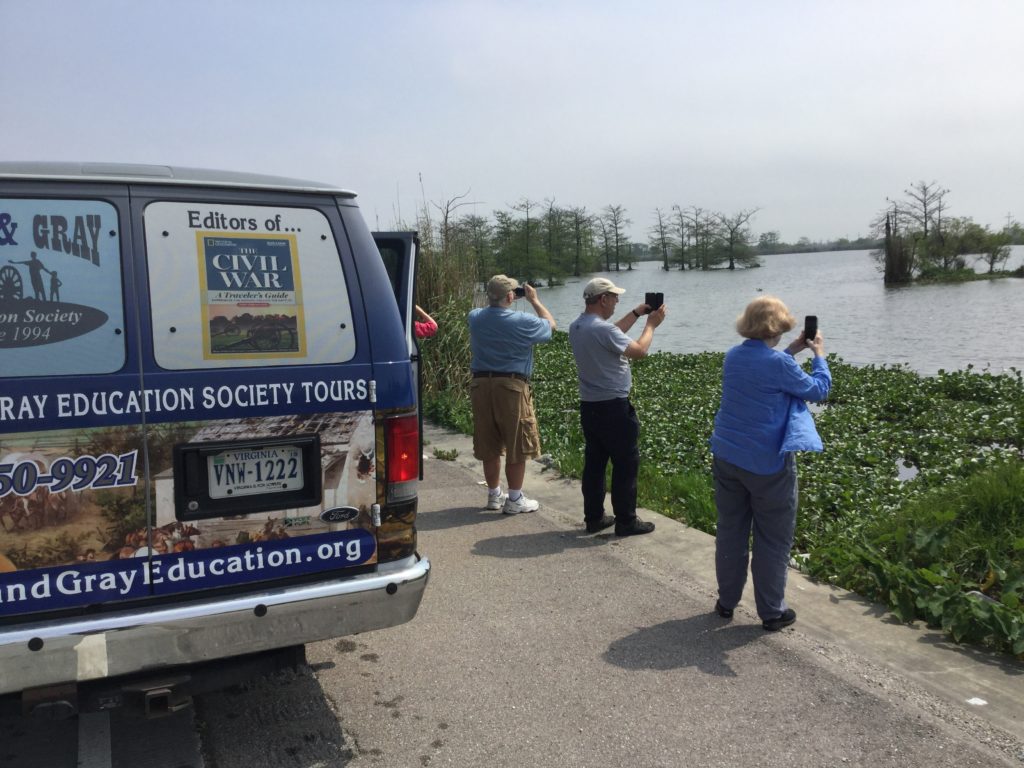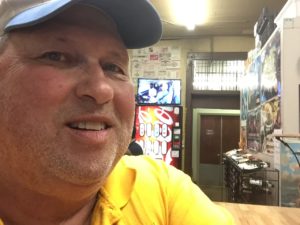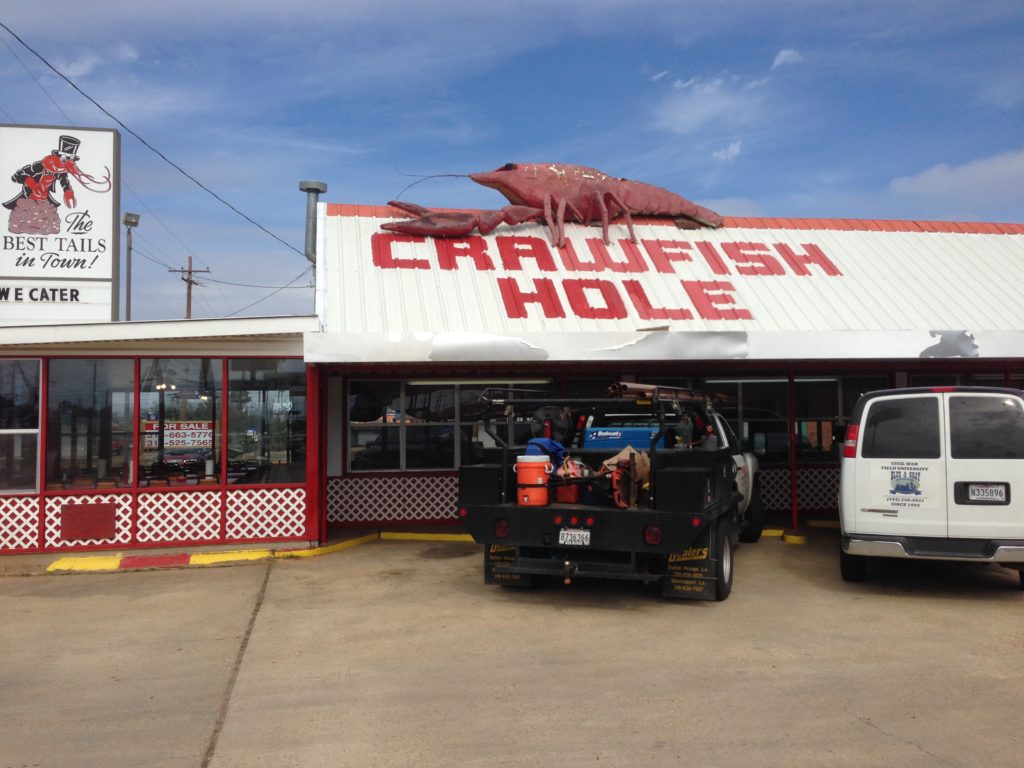
[Editor’s Note: The tour has been postponed until 2023, but it’s never too soon to start getting excited about this amazing tour!]
Throughout its history, New Orleans has experienced its fair share of struggle and hardship. Recent events, including Hurricane Ida, underscore this undeniable truth. Fortunately, resiliency is also part of the city’s legacy. As they like to say in the Big Easy, “Laissez les bons temps rouler,” or “Let the good times roll.”
BGES Executive Director Len Riedel is hoping that’s the case come November 12–15 for his tour, “The Civil War in and Around New Orleans.” But he understands that the best strategy right now is to wait and see.
“Ida may have been powerful but it was no Katrina,” Riedel says. “Nonetheless it’s too early to know if the damage will allow us to proceed. As many sites are off the beaten path accessed by a single road, many unpaved, we will have to give them time to push the rubble out of the way and turn the lights back on. I expect we will know more in the next month.”
Fingers crossed, Riedel is particularly excited about the tour because it takes place in his backyard. “I was born in New Orleans and still have family there,” he says. “This tour is a personal visit to my stomping grounds.”
It’s also a fascinating look at New Orleans in 1862 as Union troops took control of the city. The tour starts in Slidell, then embarks on a path around and through New Orleans, detailing how the Crown Jewel of the Confederacy fell so easily. Riedel sat down to discuss the four-day extravaganza with us.

BGES Blog: In addition to Ida, we also know that the pandemic has gained momentum again. Will this affect the tour?
LR: Covid-19 continues to lurk behind every corner. The Delta variant combined with the widely diverse decisions concerning schooling has shaken public confidence, and that has spilled over into our registrations. I have had more cancellations of registrations due to fears that people rightly have.
If I had a crystal ball, I would say the hardships associated with Ida combined with the low vaccination rates in Louisiana and Mississippi will be a huge factor in our decision to go ahead or cancel. We live in strange times and yet life goes on.
BGES Blog: On that note, let’s talk about New Orleans during the Civil War. By 1862, it had become quite the cosmopolitan city. Why was that? Was it a matter of geography, or were there other factors?
LR: New Orleans was the prize of the Louisiana Purchase. Highly cosmopolitan, it had numerous foreign consulates, a robust set of banking interests, and a booming economy anchored on the Mississippi River and its tributaries. Indeed, the commerce of the river was the financial lifeline of the American midwestern and southern states. The city was the spigot of the Ohio, Missouri, and Red Rivers … the commercial network of the United States.
BGES Blog: Given the city’s importance to the Confederacy, how did it fall? What characters and personalities will you highlight during the tour?
LR: The fall of New Orleans in April 1862 was a fatal flaw in planning, a hole in the armor of the Confederacy, perhaps the most egregious oversight the Davis administration committed. Confederate leadership is an oxymoron, and there is little to highlight here. However, three Union officers are prominent: David Glasgow Farragut (a Tennessean); his stepbrother, David Dixon Porter; and a corruptible Massachusetts politician and political general, Benjamin Butler, plus his brother Andrew.

BGES Blog: There’s obviously a lot of ground to cover in “The Civil War in and Around New Orleans.” Give us an idea of what the itinerary looks like.
LR: Because of New Orleans’ importance, its defense schemes involved approaches from the water and on land. This tour is based out of nearby Slidell, and we will spend the first day at the mouth of the Mississippi River, starting at Head of Passes to discuss the challenges the Union navy faced getting into the Mississippi. Next, we’ll move to Forts Jackson and St. Phillip. Ironically, a benefit of Ida may be the denuding of the vegetation around Fort St. Phillip. We’ll explore the defense of the river and then the April battle. We will return to New Orleans, hopefully having a Cajun lunch en route.
Over the weekend, we’ll navigate the city itself, talking about its capture and occupation. Areas of focus will include the defensive works at Carrollton and Bayou St. John, antebellum New Orleans, and the New Orleans Civil War Museum. Attendees will have two hours to pick a place to eat lunch and look around.
Our final day will take us to the eastern defenses of New Orleans and the Gulf Coast to see Beauvoir, Jefferson Davis’s final home, the Lake Ponchatrain forts, and the 1815 Battle of New Orleans. It’s gonna be a full plate.
BGES Blog: Which sites have you most excited?
LR: I think folks will be enlightened by our time at Head of Passes and a walking tour around Fort Jackson. I believe the fort at Bayou St. John will grab folks’ attention. I also think the interpretation at Forts Pike, Macomb, and along the Old Gentilly Road will be a hidden value that ties things together.
BGES Blog: You grew up in Algiers, on the West Bank of New Orleans. How much personal knowledge do you have of this area? How will that add to the tour?
LR: Depending on the personality of the cohort, it might be a journey down memory road. I believe my insights are colored by my knowledge of what New Orleans was and is now today. I think it is a lot like getting a tour of a private collection of personal artifacts. If that sort of personal insight appeals to you, then this tour is not to be missed.
I might also note November and December is a great time to be on the coast. The brutal summer heat is gone and the area’s personality shines through.
Len’s tour, “The Civil War in and Around New Orleans,” will take place on November 12-15, 2021. For more information and to register, visit www.blueandgrayeducation.com/tours.
Photos courtesy of Len Riedel.
You must be logged in to post a comment.